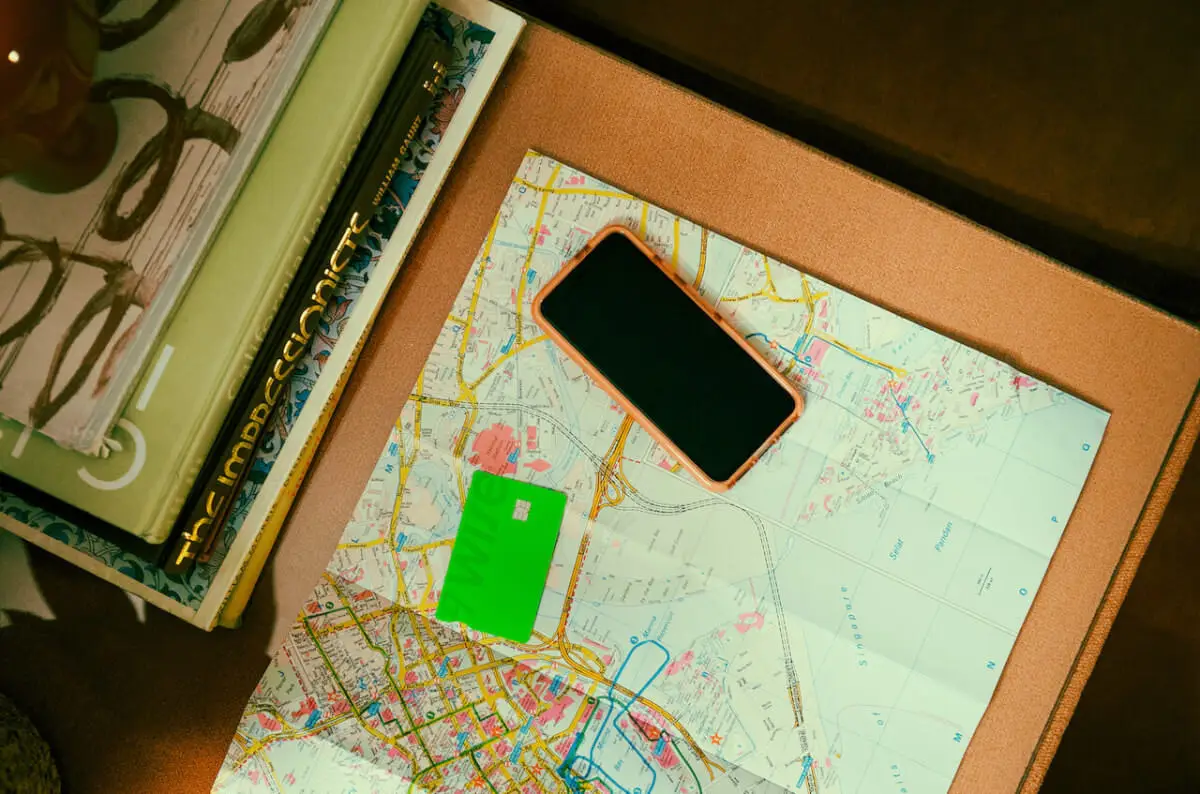Hey there! If you’re like me, you’ve probably spent a good chunk of your time surfing the web, hopping from one site to another without a second thought. But did you know that every click, every swipe, and every page load on the internet has a carbon footprint? Yep, our digital world isn’t as invisible to Mother Nature as we might think. So, how about we chat about making our websites a bit friendlier to our planet through something called sustainable web design? Grab a seat, and let’s dive in!
What’s the Big Deal with Digital Carbon Footprints?
First off, you might wonder why we’re talking about carbon footprints in the digital space. Well, every website lives on a server that needs power to run, and depending on how that power is generated, it can add to carbon emissions. And with billions of websites out there, that adds up! Plus, the heavier a website (think loads of images, videos, and scripts), the more energy it takes to load it up on your screen. So, making websites more energy-efficient is kinda like choosing to walk or bike instead of taking the car for a spin—it’s better for the air we all share.
1.Keeping it Light with Optimised Images
One of the easiest wins in sustainable web design is optimising images. Huge, high-resolution images can slow down a site and make servers work overtime. I’ve learned to resize images so they’re just the right size for the web and compress them without losing quality. Tools like JPEG mini and WebP Converter are my go-to because they make this super simple. It’s like packing a suitcase; you want to bring just what you need without it weighing a ton.
2.Streamlining with Clean Code
Writing clean, efficient code is like decluttering your room – it feels great, and everything just works better. When a website’s code is streamlined, it loads faster and uses less energy. That means cutting down on unnecessary scripts and making sure the ones you do use are as efficient as a bee in a flower garden. Sometimes, I’ll go through my code and ask, “Do I really need this bit?” It’s amazing how much you can trim!
3.Choosing Green Hosting Providers
Did you know that where your website lives can make a big difference too? Green hosting providers use renewable energy sources to power their servers, which is a huge win for the planet. It’s like choosing a house that runs on solar power instead of one that relies on coal. Doing a bit of homework to find a host that prioritises sustainability can make your website greener without you having to lift a finger daily. Thankfully my digital creative agency, Fourlines Design Studio, offers green hosting, so I didn’t had to go far to look for that.
4.Saying Yes to Efficient Fonts
You might not think about fonts as being heavy or light, but in the digital world, some fonts are easier on the server than others. Opting for web-optimised fonts or sticking to common system fonts means browsers can load pages quicker. It’s a small change that can add up, kind of like choosing lightweight sneakers for a hike – they just make the journey smoother.
5.Minimising the Use of Videos
Videos are the heavyweights of the internet. They take a lot of energy to stream. Now, I’m not saying to cut them out completely, but maybe think twice before adding a video that auto-plays on your homepage. Or, if you do use video, make sure it’s hosted efficiently. It’s about balancing the wow factor with our planet’s well-being.
Wrap-Up: Every Bit Counts
Making your website more eco-friendly might seem like a drop in the ocean, but imagine if everyone made just a few of these changes. That’s a whole lot of drops, and together, they can create a wave of change. Starting with these steps doesn’t just help our planet; it often makes websites faster and more user-friendly, which everyone loves.
So, next time you’re working on your website, remember that it’s not just about looking good and running smoothly—it’s also about being kind to our big, beautiful Earth. And who knows? Maybe your site will inspire others to go green too. Here’s to making the digital world a bit brighter and greener, one website at a time!
Isn’t it cool to think that by tweaking our websites, we can do our part for the environment? I’m all in for making the internet a greener place, and I hope you are too. Let’s spread the word and make eco-friendly web design the new norm!



